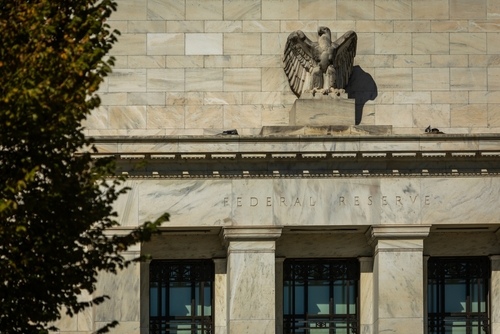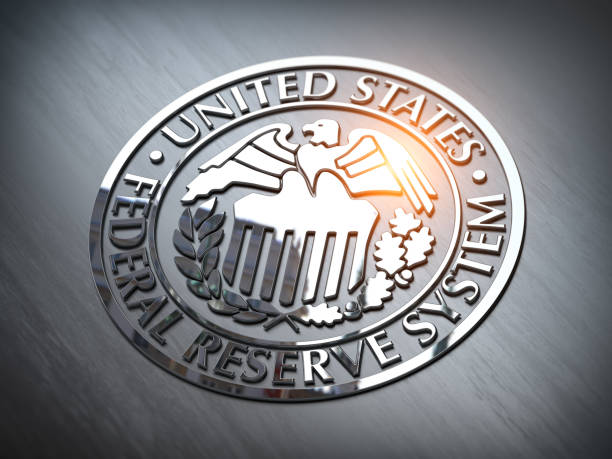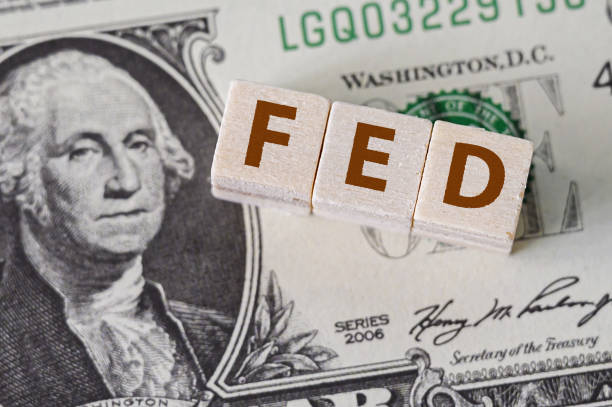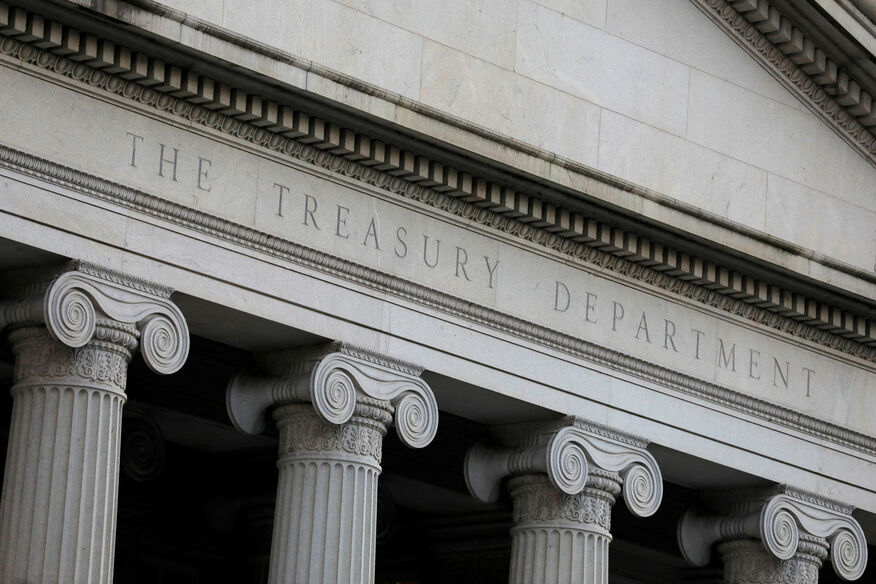Ten Questions About the U.S. Debt Ceiling: What Is the X-Date? How Does It Differ from a Government Shutdown?

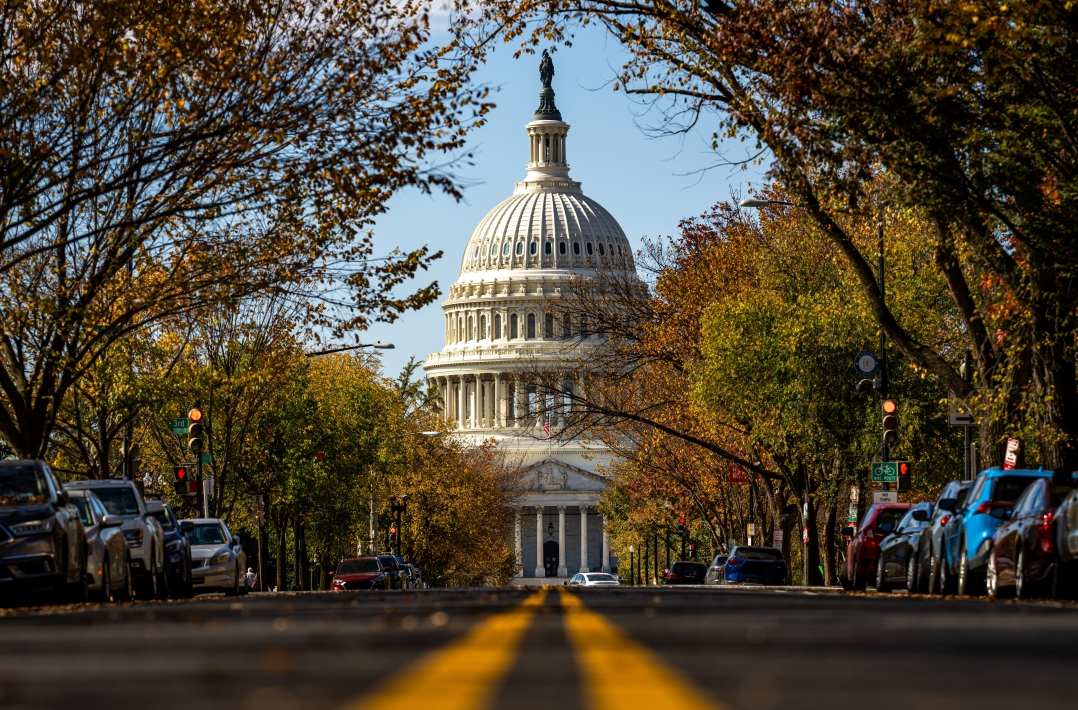
Introduction
TradingKey — Beyond tariffs and immigration policies, Donald Trump, the 47th U.S. president, faces the critical challenge of raising the U.S. debt ceiling upon taking office.
As U.S. borrowing continues to surge, breaching the statutory debt ceiling, the Treasury Department under Janet Yellen has been relying on cash reserves and extraordinary measures since early January 2025. However, these temporary solutions are nearing exhaustion. The so-called X-date — the point at which the government runs out of funds— could arrive as early as mid-July to early October.
While the U.S. has never defaulted on its debt, recurring debt ceiling crises and political brinkmanship serve as stark reminders of the risks involved. A U.S. default would profoundly destabilize both global financial markets and the international political landscape.
What Is the U.S. Debt Ceiling?
In 1985, the United States transitioned from a net creditor nation to a net debtor nation. Since the start of this century, the scale of U.S. borrowing has accelerated significantly. By early 2025, the national debt surpassed $36 trillion, exceeding the $29.2 trillion U.S. GDP in 2024. The large-scale issuance of U.S. Treasury bonds reflects a combination of factors: long-term fiscal deficits, economic policy choices, rigid social welfare expenditures, global capital demands, and the privileged status of the US dollar.
The debt ceiling—a legal cap on total federal borrowing—was established in 1939 (initially set at $45 billion) to streamline wartime spending approvals. Since World War II, Congress has raised or suspended the ceiling 103 times ., more recent adjustment occurred in June 2023.
Importantly, the debt ceiling does not authorize new spending. Instead, it limits the Treasury’s ability to borrow to meet existing obligations, such as Social Security, Medicare, military operations, and interest on the national debt.
What Are Brinkmanship and the X-Date?
Raising the debt ceiling is an apolitically fraught process. To gain leverage, parties often engage in brinkmanship—delaying negotiations until the so-called "X-date," when the Treasury’s cash reserves and extraordinary measures are exhausted. After the X-date, the government would no longer be able to pay bills, salaries, or interest on its debt, risking a default.
In January 2023, U.S. debt hit its $31.4 trillion debt ceiling. Following months of partisan gridlock—Republicans demanding spending cuts, and Democrats refusing—a deal was reached in June 2023 to suspend the ceiling until January 2025, while capping non-defense discretionary spending.
As of January 2025, the debt ceiling was reinstated at $36.1 trillion. Treasury Secretary Janet Yellen activated extraordinary measures on January 21, but factors such as tax flows, Trump-era tariffs, and broader economic headwinds have complicated estimates for the X-date.
The Congressional Budget Office (CBO) projects that these measures could be exhausted by August to September 2025, while the Bipartisan Policy Center forecasts a window between mid-July to early October.
Does a Debt Ceiling Deadlock Guarantee Default?
No. While the Treasury can prioritize payments (e.g., debt interest over other spending) or employ accounting maneuvers to delay a default, a prolonged impasse tends to escalate market panic and credit rating downgrades.
Has the U.S. Ever Defaulted?
The U.S. has never experienced a full sovereign default, it has faced a few notable technical defaults:
- 1933 Technical Default: Under President Franklin D. Roosevelt, the U.S. abandoned gold-backed debt, repaying creditors in devalued currency.
- 1979 Technical Default: Administrative errors delayed payments on Treasury bills, causing a 30 bps short-term interest rate.
Why Is Raising the Debt Ceiling So Difficult?
Political Factors:
- Partisan clashes over spending cuts (e.g., entitlements, climate programs).
- Electoral posturing, especially pronounced during election years.
- Structural flaws: The debt ceiling limits borrowing for existing obligations, not new spending.
Fiscal Imbalance:
- Entitlements (e.g., Social Security and Medicare) consume 40% of the federal budget. Cutting them poses significant political risk and may trigger voter backlash.
- Democrats oppose entitlement reductions and support higher taxes on the wealthy; Republicans tend to prioritize deficit reduction, often proposing cuts to entitlement spending as a solution.
Under Trump’s second term, GOP control of Congress may push for cuts via budget reconciliation (a simple majority vote), which could bypass filibusters but be constrained by the "Byrd Rule."
Could the Debt Ceiling Be Abolished?
Trump and some Democrats have proposed abolishing the debt ceiling, citing the economic risks it poses. However, bipartisan support remains unlikely due to deep ideological divides.
How Do Markets React to Debt Ceiling Crises?
- U.S. Treasury yields and credit default swaps (CDS) spike.
- Equities plunge (e.g., S&P 500 fell 15% in 2011).
- Rating agencies downgrade U.S. credit (S&P in 2011, Fitch in 2023).
- Long-term consequences include higher borrowing costs and eroded dollar credibility.
Economic and Political Impacts of an X-Date
- Economic: Market turmoil, rising recession risks, and potential spikes in unemployment. Moody’s warned that a debt ceiling standoff like in 2023 could shrink GDP by 4% and push unemployment to 9%.
- Political: Undermines U.S. dollar hegemony, accelerates de-dollarization, and raises the risk of a constitutional crisis (e.g., invoking the 14th Amendment).
Historic Debt Ceiling Crises
- The 1995 Debt Ceiling Crisis - Government Shutdown, A Landmark Event
A standoff between the Republican-controlled Congress and the Clinton administration over budget cuts led to a breakdown in debt ceiling negotiations, resulting in the U.S. government shutting down twice. At the time, approximately 800,000 federal employees went without pay, and numerous public services were suspended.
This event is widely regarded as a landmark event where the U.S. two-party system began using the debt ceiling as a political bargaining chip.
- The 2011 Debt Ceiling Crisis - The First Downgrade of U.S. Sovereign Credit Rating
After the 2010 midterm elections, the Republican Party regained control of the House of Representatives. They demanded that President Obama cut the budget deficit and limit the debt ceiling increase to $1 trillion, while the Democratic Party pushed for a one-time increase of $2.4 trillion.
Although both parties ultimately reached a compromise just two days before the default deadline, the standoff still triggered a significant market crash — with the S&P 500 falling 17% — and a 13% surge in gold prices. In response, Standard & Poor’s downgraded the U.S. AAA credit rating for the first time in history.
- The 2013 Debt Ceiling Crisis - Government Shutdown
The Republicans demanded the repeal of the Affordable Care Act during the Obama administration as a condition for raising the debt ceiling, leading to a half-month government shutdown. The shutdown reduced U.S. Q4 GDP growth by 0.25%, resulting in an estimated economic loss of $24 billion and a reduction of approximately 120,000 jobs in October.
- The 2023 Debt Ceiling Crisis - Fitch Downgrades U.S. Rating
After the U.S. government debt exceeded the $31.4 trillion limit at the beginning of the year, the Biden administration and Congressional Republicans engaged in multiple rounds of negotiations to avoid a debt default in June. They ultimately agreed to suspend the debt ceiling until January 1, 2025. In August 2023, Fitch downgraded the U.S. credit rating, citing fiscal and governance concerns.
Debt Ceiling vs. Government Shutdown
A U.S. government shutdown occurs when Congress fails to pass a budget for the upcoming fiscal year, resulting in the suspension of most government operations and forcing many federal employees to take unpaid leave.
Although a government shutdown and the debt ceiling are both fiscal and political issues —and may sometimes occur simultaneously—they are distinct in their causes, impacts, and consequences.
Both involve congressional negotiations and can lead to political standoffs, but their implications differ. A government shutdown disrupts public services and affects federal workers, whereas a debt ceiling crisis threatens the nation's creditworthiness and poses risks to broader economic stability.
Debt Ceiling | Government Shutdown |
Borrowing authority exhausted | Spending bills not passed |
Risk of sovereign default | Non-essential services halt |
Global systemic risk | Short-term domestic disruption |
Resolved by raising/suspending the ceiling | Resolved by budget/CR passage |
Source: TradingKey



